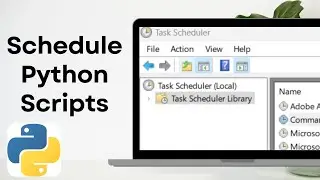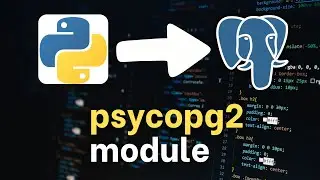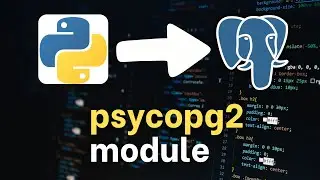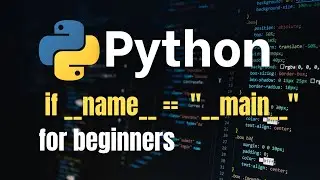Python Tutorial: os module for beginners
In this video, I will cover the os module in python.
The os module in Python provides a way to interact with the operating system.
It allows you to handle environment variables, perform file operations, and more.
import os
Get the current working directory:
current_directory = os.getcwd()
print("Current working directory:", current_directory)
List the contents of a directory:
print('Directory contents:', os.listdir('.'))
Create a new directory:
os.mkdir('new_directory')
print('Created directory: new_directory')
Delete a file:
os.remove('file_to_delete.txt')
print('Deleted file: file_to_delete.txt')
Join paths:
file_path = os.path.join('folder', 'file.txt')
print('Joined path:', file_path)
Check if a path exists, or if it’s a file or directory:
print('Path exists:', os.path.exists('file.txt'))
print('Is file:', os.path.isfile('file.txt'))
print('Is directory:', os.path.isdir('directory'))
Execute a shell command:
os.system('dir')
Identify the OS type:
print('OS name:', os.name)
View all environment variables:
for key, value in os.environ.items():
print(f'{key}: {value}')
Set an environment variable:
os.environ['TEST_VARIABLE'] = 'test_value'
print('MY_TEST_VARIABLE:', os.getenv('TEST_VARIABLE'))
Get the value of an environment variable:
test_var = os.getenv('TEST_VARIABLE')
print('MY_VARIABLE:', test_var)
Delete an environment variable:
if 'TEST_VARIABLE' in os.environ:
del os.environ['TEST_VARIABLE']
print('TEST_VARIABLE deleted.')
else:
print('TEST_VARIABLE does not exist.')
#python #pythonforbeginners #programming































